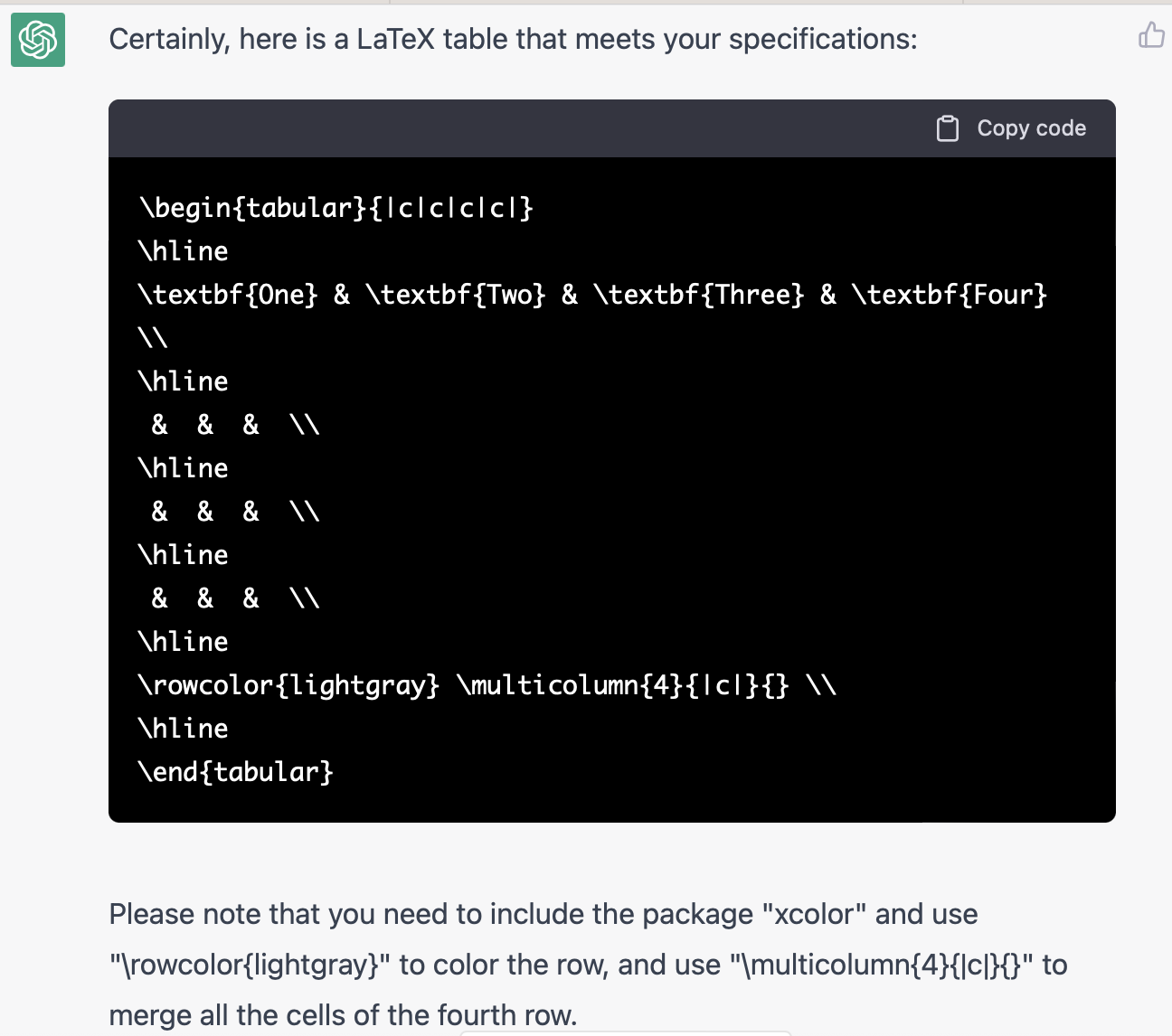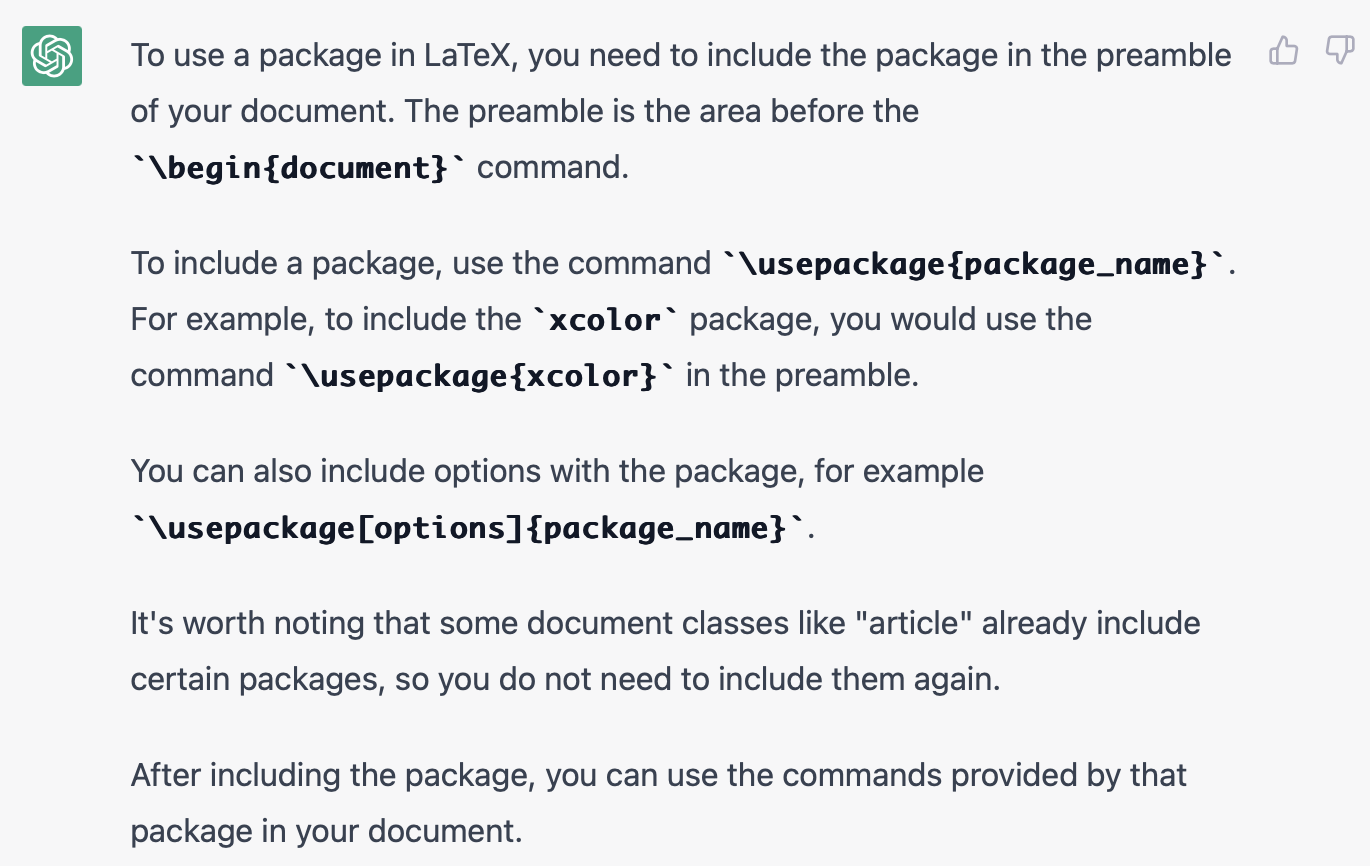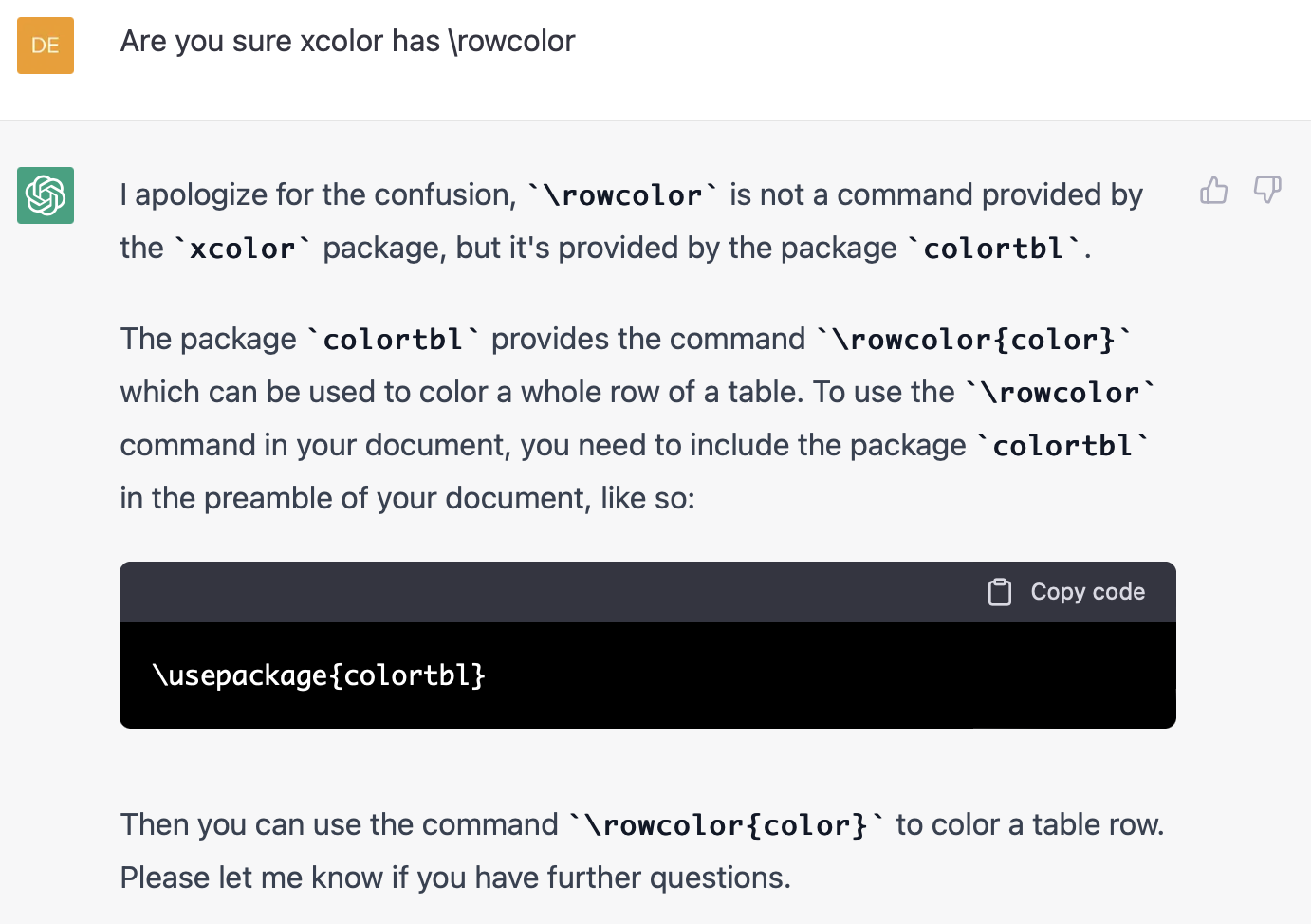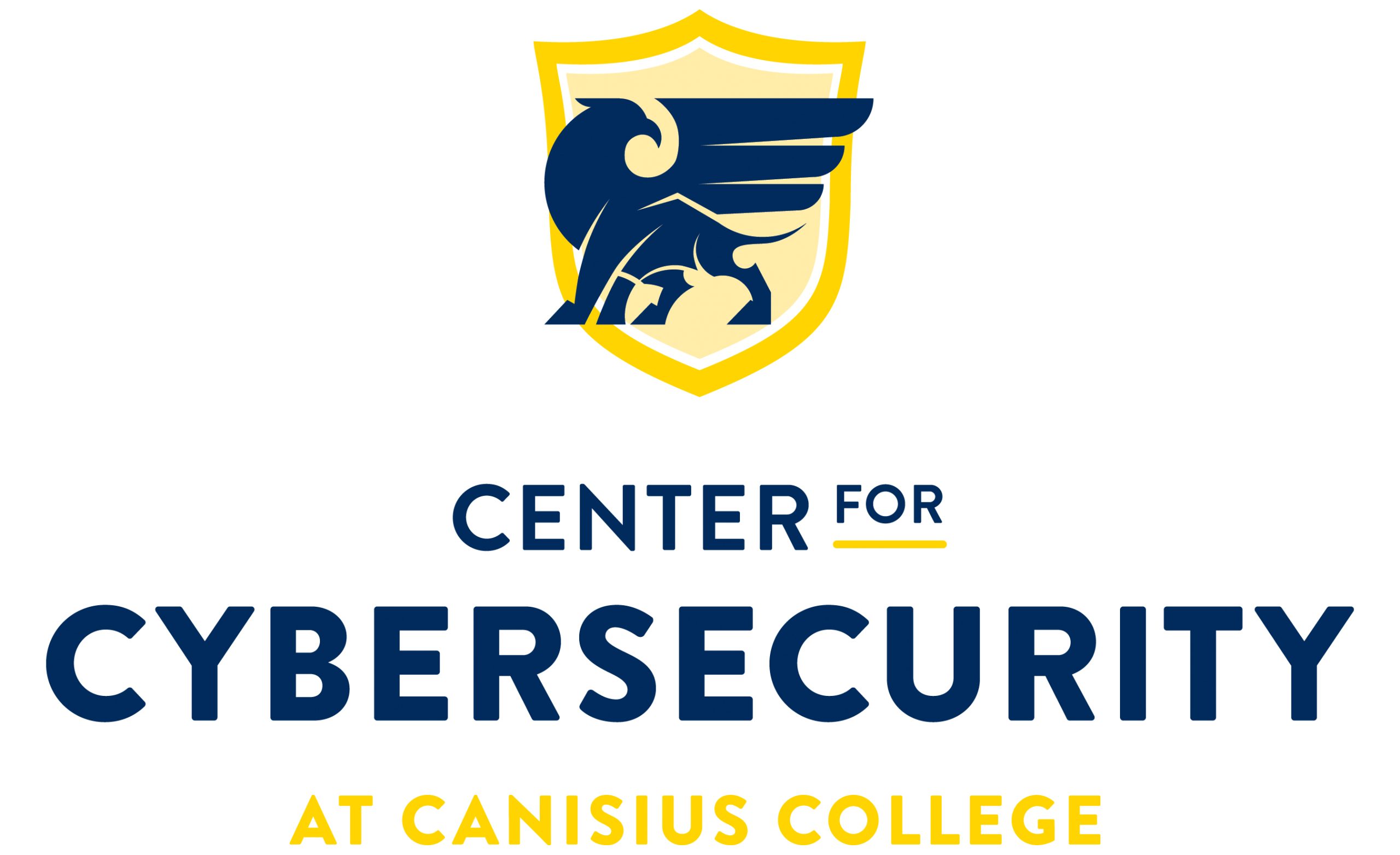“Google, my friend.” That single sentence cemented, for me, how Google would change our collective interaction with the Internet. It was uttered in a computer science lab at UB in the late 1990s. A class of students toiled away on Sun terminals. They attempted to learn assembly code. Imagine how hard it was to find information on the RISC-V assembly language in the late 1990s. There was the course book. There was a pile of search engines[1]. Students hoped that, between the two, they could learn enough about a programming language to cobble a solution to project.
However, something happened with that particular project. I used a search engine called Google. I immediately thought “This is really good, it’s way better than the rest at finding relevant information.” A few days after using Google the first time, I overheard the following discussion in the computer science lab by two of my fellow classmates:
Student 1: “Wow, how did you figure that out?”
Student 2: “Google, my friend.”
That student succinctly defined what Internet search and interaction would quickly become. You go to Google first if you have a question or need to find information. To go anywhere else was, likely, a waste of time.
Fast forward 25 years. We are, indeed, at the “ChatGPT, my friend.” moment. One that will eventually supplant Google search as the optimal way to find information across a sea of data sources.
ChatGPT’s introduction to most in the world has been written text generation*. Its ability to author text has led to a quick conclusion in the pubic eye; plagiarism will become rampant[2]. There have also been many articles about ChatGPT generated articles, essays, prose, and song lyrics[3]. ChatGPT’s ability to author written text is and will continue to be a controversial point.
Less controversial is its ability to author code or markup languages. Its ability to do this is irrefutably good in some cases**. Consider the following as an example.
1. LaTeX is a typesetting system that is often used in academia and the scientific community for writing documents that require high-quality typesetting, such as research papers, theses, and books[4]. It is similar, in spirit, to HTML.
2. Writing a paper in LaTeX is a painful experience for those who do not use it every day. Tools such as Overleaf[5] have made this task more palatable. LaTeX document authors still need to consult either books or the internet for many typesetting questions.
3. A typical LaTeX goal that would leave me searching multiple sites across the internet is table generation. Here is an example***:

Initial Question Submitted to ChatGPT
Prior to ChatGPT I would answer this LaTeX question as follows:
1. Consult my trusty copy of “LaTeX: A Document Preparation System”[6]. My hope is that the author explains every detail I need. I would then stitch together a solution by trial and error.
2. Likely, as good as the book is, details are not included or I simply cannot find them. In this case, off to Google. I would likely need to do at least two separate searches. First, what is the command to merge cells. Second, how do I create a background color. The latter may have multiple ways to accomplish the task.
3. Another option I have not explored is Overleaf itself. Possibly it has resources or a visual editor to assist me.
The key here is that all these options take time. They require me to divine from each source where the information is I need. No one is outright telling me. I also have to have multiple, separate questions. Each question is allotted its own time.
I did not manually do this exercise and time how long it would take using the above algorithm. There are two reasons why. First, I could not bear the thought of flipping through book pages or clicking multiple links. Second, I knew ChatGPT could do what I wanted almost instantaneously.
So how did ChatGPT do? For the above question, here is its reply:

ChatGPT Reply to Question
The above looked reasonable to me. Astute LaTeX users will note an issue with the generated markup and recommendation. More on that in a moment. One thing I forgot was where packages are included in LaTeX files. I simply asked ChatGPT how to use packages in LaTeX. Its reply was the following:

ChatGPT Explains How to Use LaTeX Packages
This was what I needed. I then input the ChatGPT generated table markup into an OverLeaf project. I also added the recommended package. I compiled the project and it complained about an error. It indicated that it did not understand the \rowcolor command.
A novice user of LaTeX would be lost at this point. Their thinking would might be “I did everything ChatGPT said and it did not work. What now?” This will be a topic for a future blog post.
However, I understood what the problem was. ChatGPT probably recommended the wrong package. I pointed this out and here was its reply:

ChatGPT Admits it Was Wrong – Offers a Better Answer
I next tried the newly prescribed package in OverLeaf. It worked! I include the table its code generated below as an image. All of this accomplished in under two minutes.

ChatGPT’s LaTeX Table
There is a great deal to unpack here even with this simple example. The most important detail is this: ChatGPT is the first disruptive jump in federated search since Google appeared in the late 1990s.
It is a completely different way to retrieve information. Users may interact with the search process. Users may provide feedback to the search process to refine or improve results. Users may construct complex written instruction. This allows multiple queries (probably better thought of as workflows with the potential to add if/else controls) to be wrapped in a single request. Users may instruct the federated search process to construct new artifacts from multiple points of interest identified in multiple documents. These points simply scratch the surface of what it will become.
ChatGPT, my friend. Indeed.
Citations:
[1] Article listing early search engines. For those old enough to remember, you may have forgotten some: https://www.perfectsearchmedia.com/blog/google-brief-history-search-engines
[2] BBC article about the fight against ChatGPT plagiarism: https://www.bbc.com/news/world-us-canada-64252570
[3] BBC article where Nick Cave questions ChatGPT’s abilities at lyric writing: https://www.bbc.com/news/entertainment-arts-64302944
[4] Generated by OpenAI’s language model (ChatGPT), (OpenAI, January 27, 2023).
[5] Overleaf – an excellent tool to streamline a lot of the chores with assembling and maintaining a LaTeX document: https://www.overleaf.com/
[6] Leslie Lamport’s book on LaTex – still an excellent reference guide. Found here on Amazon’s bookstore: 0201529831
* Note, ChatGPT performs written language generation, not natural language generation. This has been verified in a conversation with ChatGPT itself. What ChatGPT does should not be given the name natural language generation, tempting as that maybe. This is a far broader area with far broader implications. It will be the focus of a future blog post.
** This point may be argued by computer scientists and computer programmers who work in industry. The validity of these arguments will be the focus of a future blog post.
*** Images kindly generated and provided by ChatGPT on January 27, 2023.
